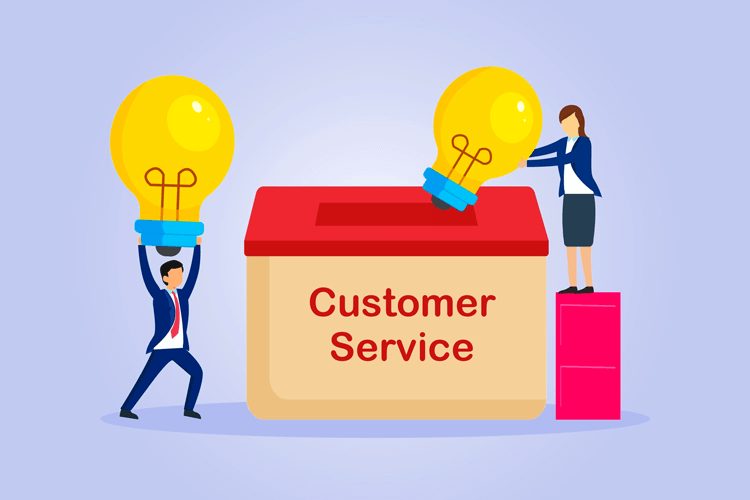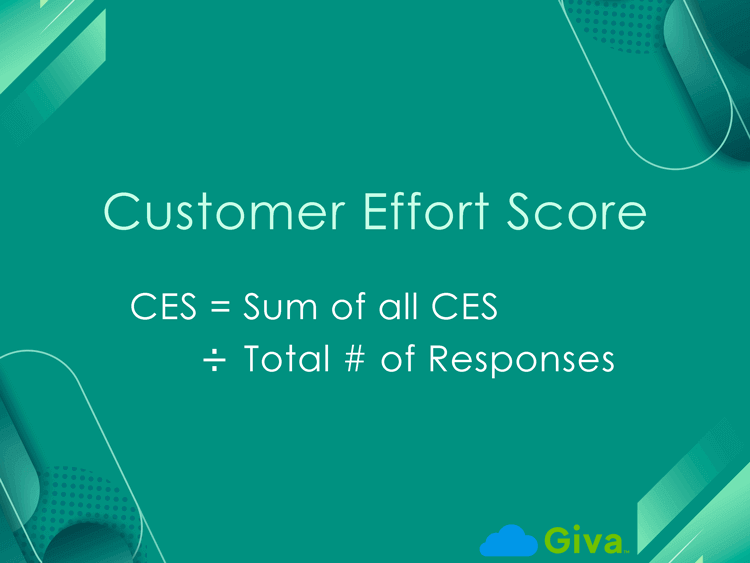Call Center Compliance: Risks, Key Laws and Regulations, and Best Practices
Customers expect more than fast, helpful service. They also expect businesses to protect their personal information. Call center compliance is harder today than it was before. New rules, higher expectations, and closer oversight have raised the bar.











